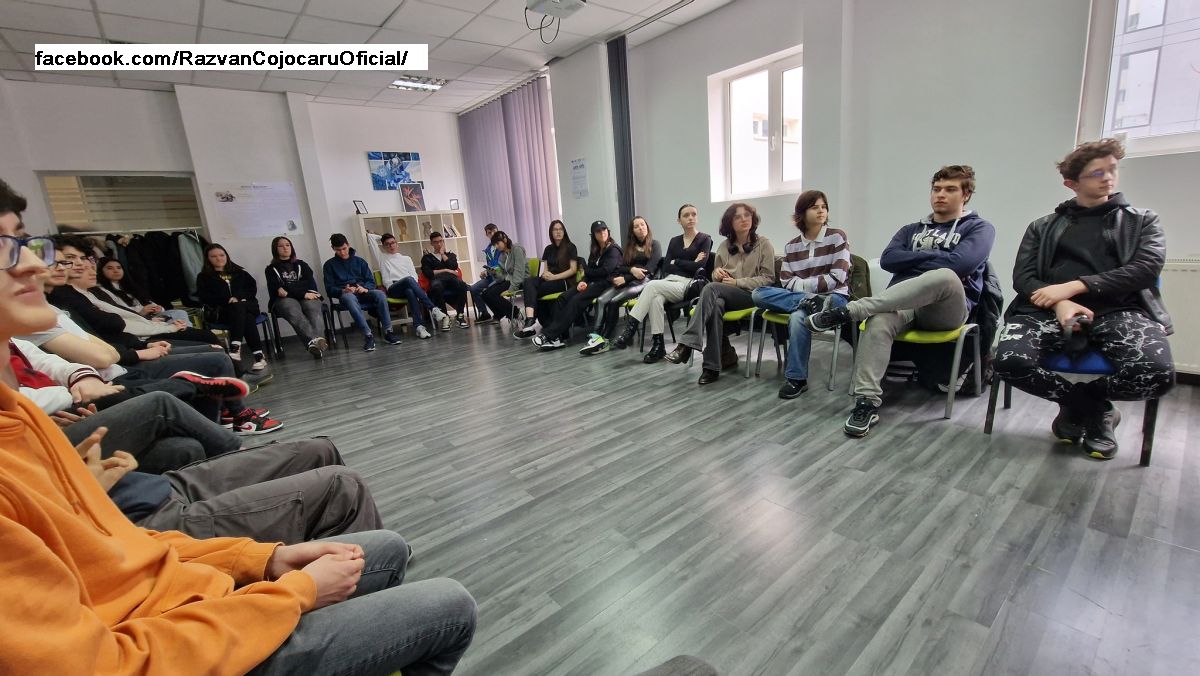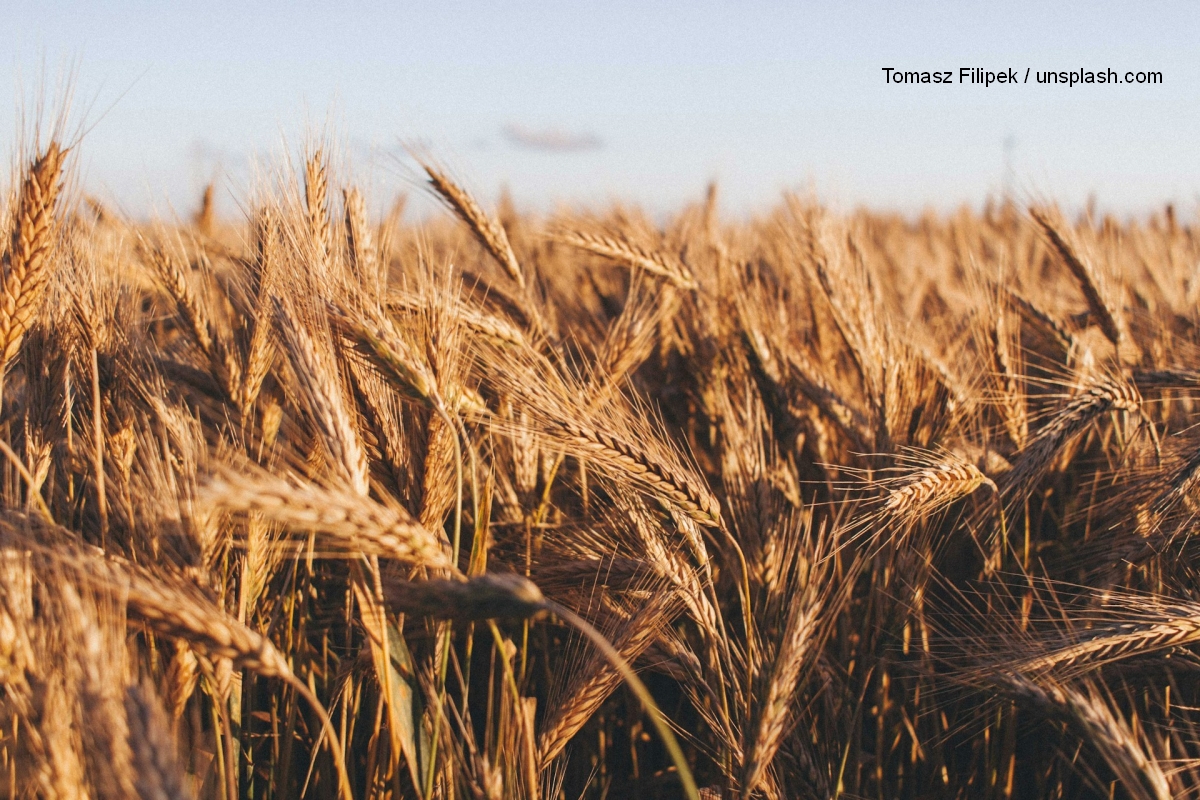Traditional celebrations and their history
The end of one year and the beginning of the next year is marked by each country in its own way by means of its specific customs and traditions.

Ana-Maria Cononovici, 31.12.2019, 13:15
The end of one year and the beginning of the next year is marked by each country in its own way by means of its specific customs and traditions. Besides traditional dishes, which are different from one country to another, there are customs that have been preserved up to the modern times. In Greece, for instance, people break plates for the New Year to be richer. According to Danish traditions, if you wake up and find old tableware on your doorstep, it means that you are a lucky person and you have lots of friends.
Romanians’ traditions are no less colorful. In traditional communities, the custom of going caroling from house to house on the New Year day has been preserved to this day. Even in towns and cities groups of people go caroling and perform traditional carols such as Sorcova, the Little Plough, the Goat and the Bear. On December 31, in the evening, groups of masked carolers go around the village to chase away the evil spirits. In the villages of Bucovina, the masked carolers perform various dances such as ‘the bear’, ‘the goat’, ‘the little horses’, ‘the doctors’, ‘the ugly’, ‘the beautiful’, and so on. The ‘bear’ carol is specific to the region of Moldavia, in the east. The bear is impersonated by a young man who wears animal fur on his head and shoulders, adorned with red tassels around the ears. Accompanied by drummers and pipers, and leaning on a stick, the masked man grunts, imitating the swinging bear walking. The significance of the ‘bear carol’ is purification and fertilization for the New Year, which allegedly has its origins in a Thracian- Dacian cult.
The Goat carol is specific for the period between Christmas and the New Year. The masks evoking Biblical characters in the Viflaim carol have now been replaced by the masks representing one single animal, which varies from one region to another: the mask of a stag in Hunedoara, the mask of a goat in Moldavia and Transylvania, and that of a bison in southern Transylvania. In Wallachia and Oltenia, the goat head is made of wood which is covered in red paper. Shredded black paper or a thin layer of hairy leather is glued on top of it. Researchers say that the goat dance may originate in the archaic rituals devoted to death and rebirth.
A picturesque custom has been preserved in Cavnic, in Maramures county (northern Romania) where, from Christmas day until early January, when people celebrate the “Old Christmas”, groups of people called Brondoşi go caroling from house to house. According to tradition, the Brondoşi are supposed to have ousted the Tartars from Cavnic in 1717, but today their mission is to chase away the evil spirits.
In the South of the country, the year starts with the carol of the Brezoi: “We enter the households of the Domnesti locals on January 1st every year, to chase away the evil spirits from people’s homes. We have managed to bring this old custom back to life, after years in which we considered it lost. Several people in Domnesti decided to gather children in the village and teach them this custom, pass it on.”
From December until January 6, in Luncavita, Tulcea county, these groups of carolers are very busy. Professor Marcu Trandafir, with the Dimitrie Gusti National Village Museum in Bucharest tells us more about it: “This is a local custom in the village of Luncavita, in Tulcea county. This mask is made of a plant similar with the pumpkin, with the only difference that this plant has only seeds inside. In the past, young people used this plant to manufacture masks while older people used it to make tools for making wine.”
These masks are so ugly that they chase away evil spirits. In Romanian tradition, the first day of the New Year was known as Little Christmas, because most of the rituals related to the period were actually enacted in spring. Moreover, many rituals are associated with this time, such as Plugusorul, which literally means “little plough”. Plugusorul is a specific carol which people, young men in particular, sing on the morning of January 1st to herald the New Year.






























